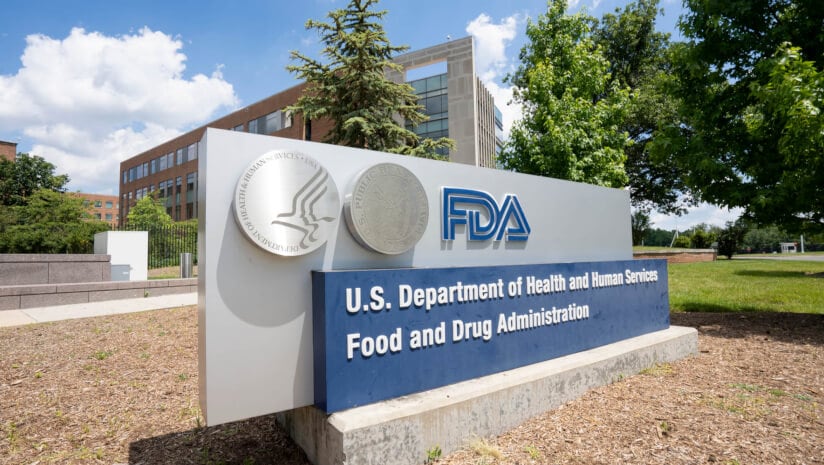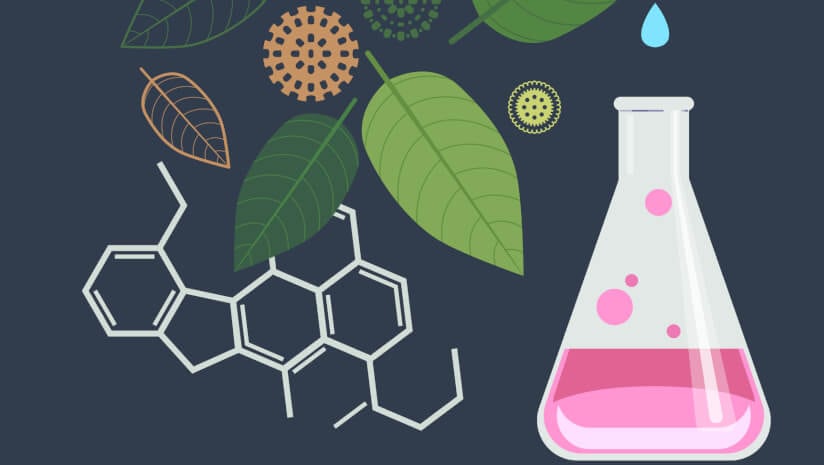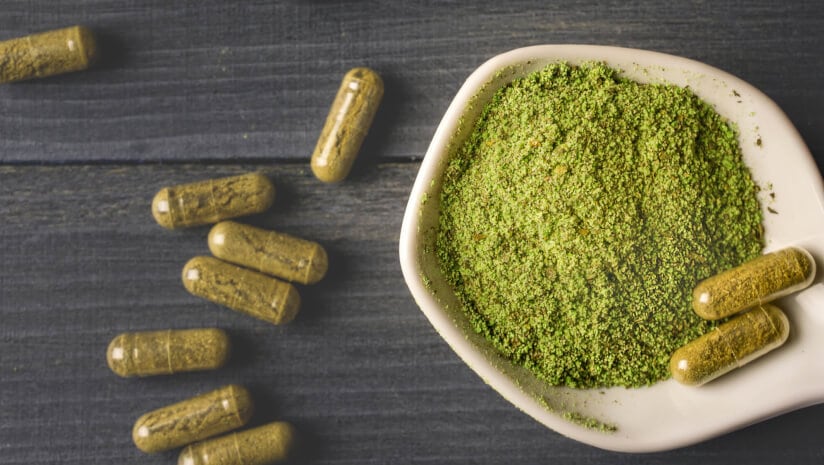The agency said the recommendation follows medical and scientific analysis by its staff and addresses growing concerns around the increased availability and use of 7-OH opioid products. The agency added that there are no FDA-approved 7-OH drugs, 7-OH is not lawful in dietary supplements, and 7-OH cannot be lawfully added to conventional foods.
“Vape stores are popping up in every neighborhood in America, and many are selling addictive products like concentrated 7-OH,” FDA Commissioner Marty Makary, MD, MPH, shared in a statement ahead of a July 29 live stream press conference on X.
“After the last wave of the opioid epidemic, we cannot get caught flat-footed again. 7-OH is an opioid that can be more potent than morphine. We need regulation and public education to prevent another wave of the opioid epidemic.”
The FDA also sent letters to physicians nationwide explaining that aside from addiction, the opioid’s “side effects include withdrawal symptoms, insomnia and anxiety, seizures and fatal respiratory depression.”
Earlier this month, the FDA issued seven warning letters to companies it says are illegally marketing 7-OH products. The companies, which were based in California, Florida and Texas, had 15 days to respond to the FDA and to address the violations.
The FDA recommends scheduling 7-OH as a controlled substance only above certain concentrations, distinguishing race amounts from synthetic, concentrated amounts. The agency has conducted an eight-factor analysis, including animal studies to explore dependence and addictive thresholds for 7-OH. FDA also sent its recommendations to the U.S. Drug Enforcement Administration, which will now begin the rulemaking process, which allows for a public notice and comment period before before any final decision.
“We’re not prepared to say anything is 100% safe, especially when it has psychoactive properties,” Dr. Makary said. “But what we are saying is that our focus is on synthetic concentrated ‘kratom’…if we talk about all 7-OH, then we’re not distinguishing to the public the risk stratification of the synthetic, concentrated from the trace amounts of 7-OH that naturally appear in the kratom leaf and have for centuries and have been used in teas and other things.”
7-OH appears in low levels in the kratom leaf, part of a tree species grown in Southeast Asia. A man-made alteration to the leaf’s naturally occurring alkaloids can significantly increase 7-OH levels.
Synthetic 7-OH is 13 times more potent than morphine, significantly increasing the risk of dependence and overdose, according to kratom expert Dr. Paula Brown, PhD, director of the BC Institute of Technology’s Natural Health and Food Products Research Group.
“It cannot be emphasized enough the critical importance of making a distinction between kratom, a traditional botanical which millions of Americans use safely, and these unapproved synthetic products like 7-hydroxymitragynine that deceptively masquerade as kratom,” she said.
“I am grateful that HHS and FDA are taking action against 7-hydroxymitragynine and welcome any agency activity that will further protect the public from these dangerous products. At the same time, I am hopeful that Health and Human Services recognizes the benefits kratom provides to millions of Americans.”
Ryan Niddel, CEO of Diversified Botanics, a wellness business that offers full-spectrum kratom, said he applauded the FDA for dedicating the resources for enforcement action because it will protect novice consumers.
“To me, when there is confusion in the marketplace where someone could walk into a retailer and be confused with a kratom product versus 7-hydroxymitragynine product because they’re all labeled the same...I think that’s a pretty catastrophic way to approach a marketplace,” he said.
Adverse events
Dr. Michele Ross, PhD, a scientific advisor at the 7-HOPE Alliance, a nonprofit that supports responsible 7-OH use, said that more than a million people take 7-OH products in the United States, an industry that the federal government estimates is worth $9 billion.
She noted that according to the FDA’s Adverse Event Reporting System, there were only three reported adverse events in 2025 and no deaths in the federal database attributed to 7-OH.
“If we were seeing deaths across the country, we would be seeing it in the news,” she said. “The science doesn’t match up what was presented at this live stream.”
Although there are tests for 7-OH available, it is not typically found in a standard drug test panel, making cause of death determinations difficult to discern, Dr. Ross said.
From a public health standpoint, calculating deaths is not the threshold the government should be concerned about, said Bob Durkin, partner and co-chair of the regulatory group at Amin Wasserman Gurnani. He was previously deputy director of the Office of Dietary Supplement Programs at the FDA.
“For me, the line on safety comes way before killing people,” he said. “Another problem is there’s no code for 7-OH in most [health reporting] systems. A lot of the 7-OH adverse events will be lumped into kratom.
“The data isn’t really that useful. If either side points to ‘there’s no indication that it’s killing people,’ that’s a red herring. That’s not when FDA should take action. FDA should take action when there’s a public health signal and there’s not data to support [7-OH] is safe… that’s the burden. Safety starts way before people are dead.”
Durkin is concerned the FDA may have created an unintentional public health crisis. He noted that the agency has the authority to seize 7-OH products but that not doing so in the period leading up to the scheduling action will cause 7-OH suppliers to off-load products at low prices, flooding the marketplace.



